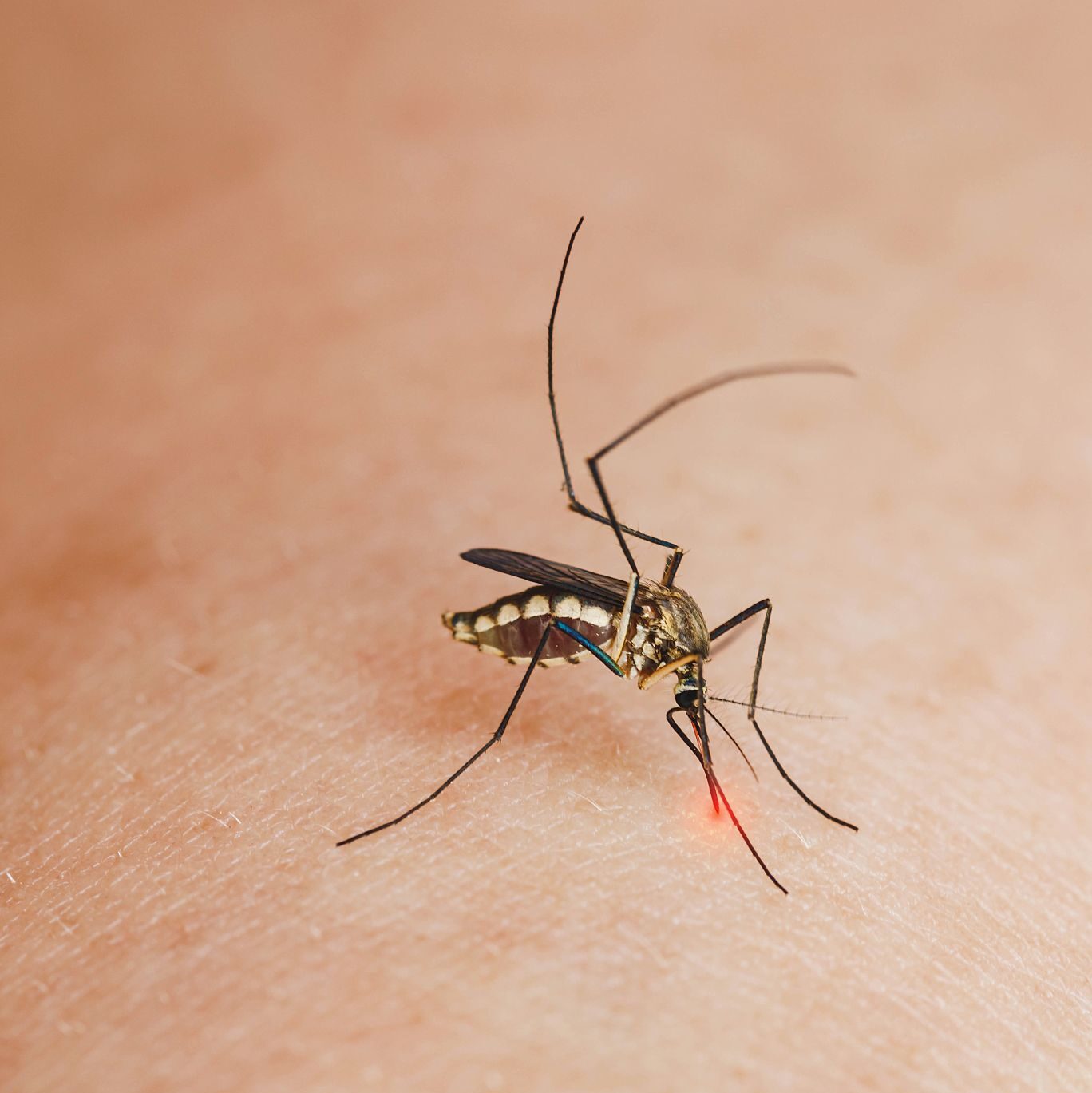
New therapy option
for cutaneous leishmaniasis
The BAP5191 study: First-in-human Phase I study to investigate the safety, tolerability and pharmacokinetics of BAP5191
Background
Cutaneous leishmaniasis (CL) is a neglected, stigmatising and serious tropical disease with an estimated 600'000 to one million new cases annually worldwide. About 95 per cent of CL cases occur in the Americas, the Mediterranean region, the Middle East and Central Asia. Infection with CL occurs through the bite of a sand fly infected with Leishmania parasites. The main symptom of CL are disfiguring lesions at the sites of infection, which usually affect exposed parts of the body such as the face, arms and legs. The skin lesions usually develop from papules to nodular plaques to ulcerating lesions, which can be very painful especially when bacterial superinfections occur. There is also the possibility of systemic dissemination and the development of secondary lesions in the mucous membrane (mucocutaneous leishmaniasis) or in organs (visceral leishmaniasis). Visceral leishmaniasis is usually fatal if left untreated. Most current CL drugs have unsatisfactory efficacy and safety profiles which is partly due to systemic administration of these drugs.
Research question
The aim of this study is to investigate the safety, tolerability and pharmacokinetics of BAP5191 after topical application in healthy adults. The present study was designed on the basis of preclinical data. BAP5191 will be applied repetitively daily. The results will be used in subsequent Phase II and Phase III studies to establish BAP5191 as a topical treatment for cutaneous leishmaniasis.
Study methodology
This is a double-blind, randomised, placebo-controlled, first-in-human study. It is divided into three consecutive cohorts of eight study participants each. The investigated dose is slowly increased from cohort to cohort. BAP5191 and placebo are applied to the same location on both shoulder blades for 28 days followed by a 28-day follow-up phase. Four days after the last application punch biopsies will be taken on a voluntary basis for histopathological examination. The project is funded by Innosuisse (Innovation project 47928.1 IP-LS) and conducted under the medical direction of Prof. Alexander Navarini (Principal Investigator) in collaboration with the Swiss Tropical and Public Health Institute (SwissTPH) and the Department of Clinical Research. The sponsor of the study is the company Bacoba AG, which developed the chemical formulation BAP5191.
Significance of the study
The development of a topical treatment for cutaneous leishmaniasis is associated with a significantly better safety profile. Compared to injectable or oral administration of a drug, systemic exposure is minimised when applied topically to the skin lesions. The cutaneous application of BAP5191 also offers an advantage in patient care, as it can be applied independently and does not require a clinical setting or the supervision of a physician. Ultimately, this study will benefit patients with cutaneous leishmaniasis who have limited resources and restricted access to medical treatment.
Contributors
Michael Adams, Bacoba AG
Valentina Butoescu, PhD, SwissTPH
Benjamin Pohl, Sub-Principle Investigator, University Hospital Basel
Elisabeth Reus, SwissTPH
DKF Scientific Services
Methodological Consulting, Data Management, Medical Monitoring, On Site Management, Regulatory Affairs
November 2023

Principle Investigator
Prof. Dr. med. Dr. sc. nat.
Alexander Navarini
Chief Physician Dermatology,
Head of Centre for Skin Tumours, Co-Head Clinical Research, University Hospital Basel
Specialisation
Dermatology and Venerology
Research Area
Genetics and pathophysiology of inflammatory skin diseases, especially neutrophilic dermatosis; Image-based classification of dermatosis utilising maschine learning
Clinical track
since 2018: Chief Physician Polyclinic Dermatology, University Hospital Basel
2014–2018: Deputy Head Polyclinic Dermatology, University Hospital Zürich
2007–2011: Assistant Physician / Deputy Senior Physician, Clinic for Dermatology, University Hospital Zürich
Scientific track
since 2018: National Head of «Swiss Dermatology Network for Targeted Therapies» (Psoriasis Registry)
since 2014: International Head of «European Rare and Severe Psoriasis Expert Network (ERASPEN)»
since 2010: Member of «Swiss Society of Dermatology and Venereology (SGDV)»
2012–2014: Postdoc, Department of Medical & Molecular Genetics, St. John’s Institute of Dermatology, King’s College, London, UK
2003–2007: PhD in Experimental Medicine and Biology, Institute for Experimental Immunology, University of Zürich (Prof. R.M. Zinkernagel und Prof. H.Hengartner)
© Departement of Clinical Research, University of Basel c/o University Hospital Basel, November 2023